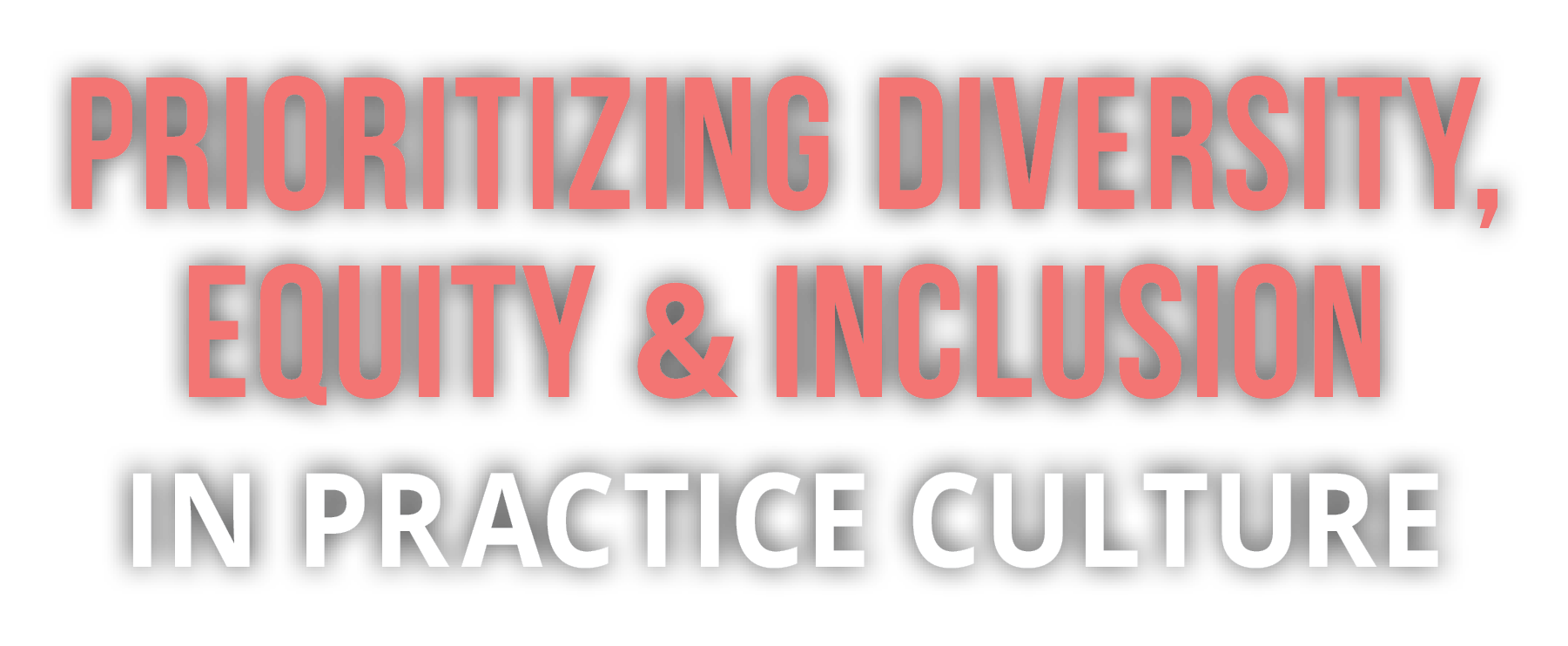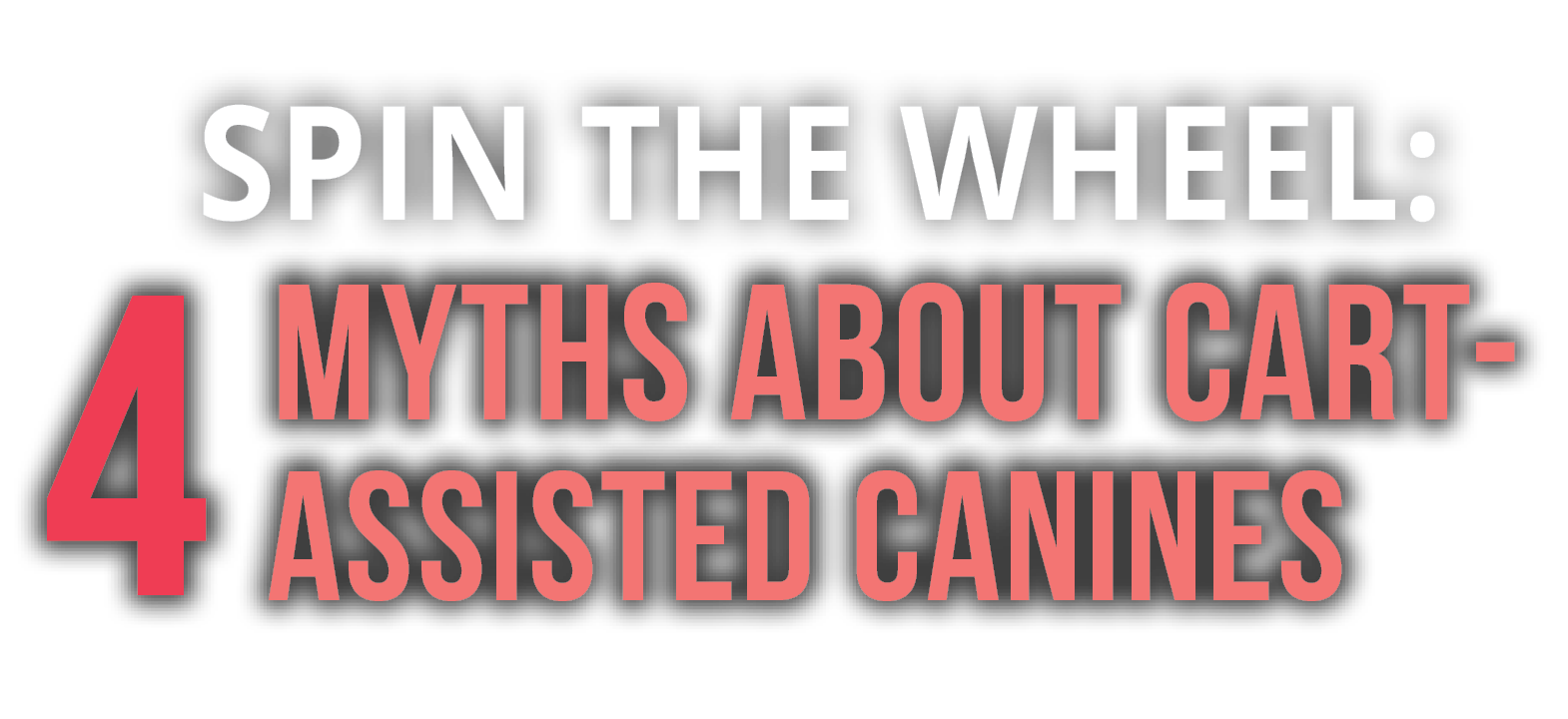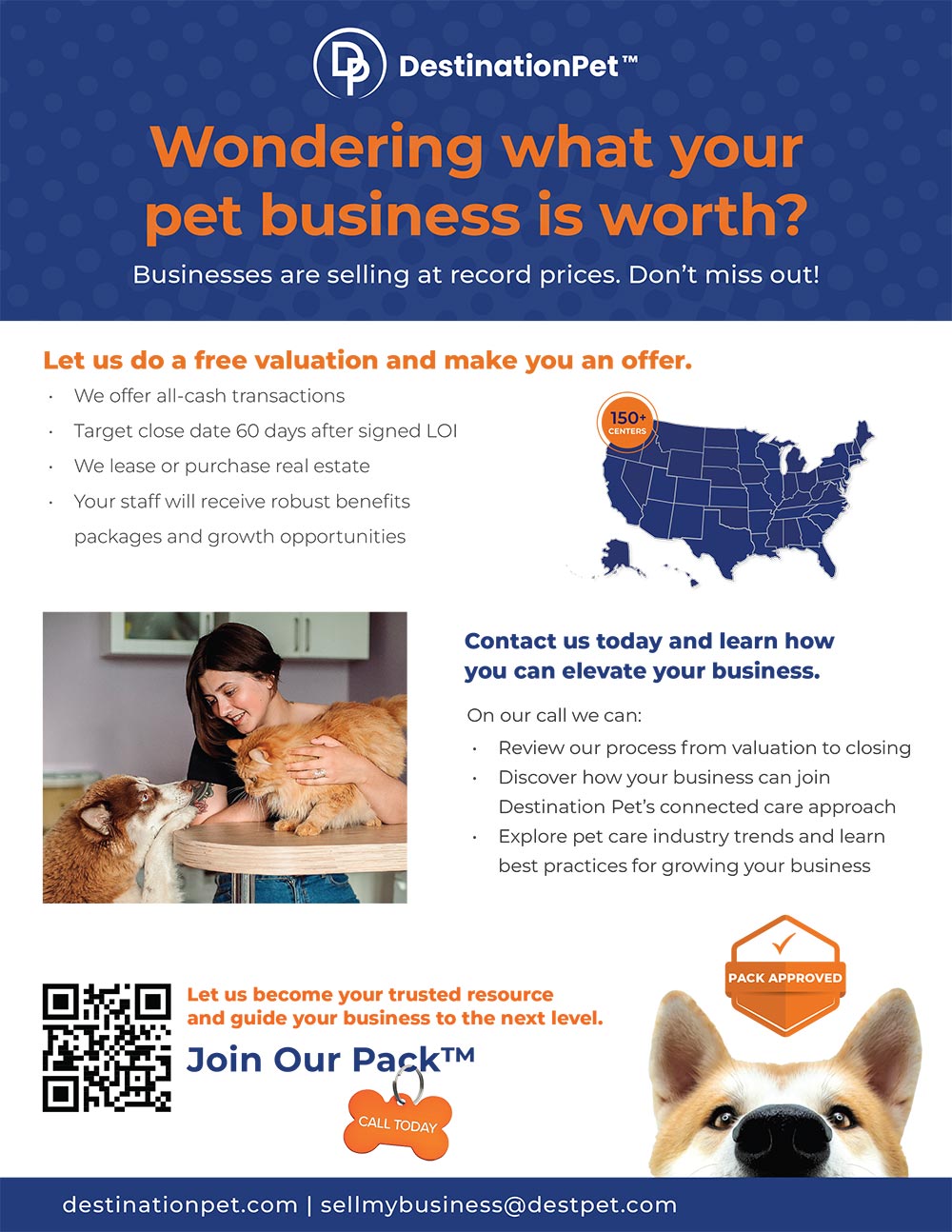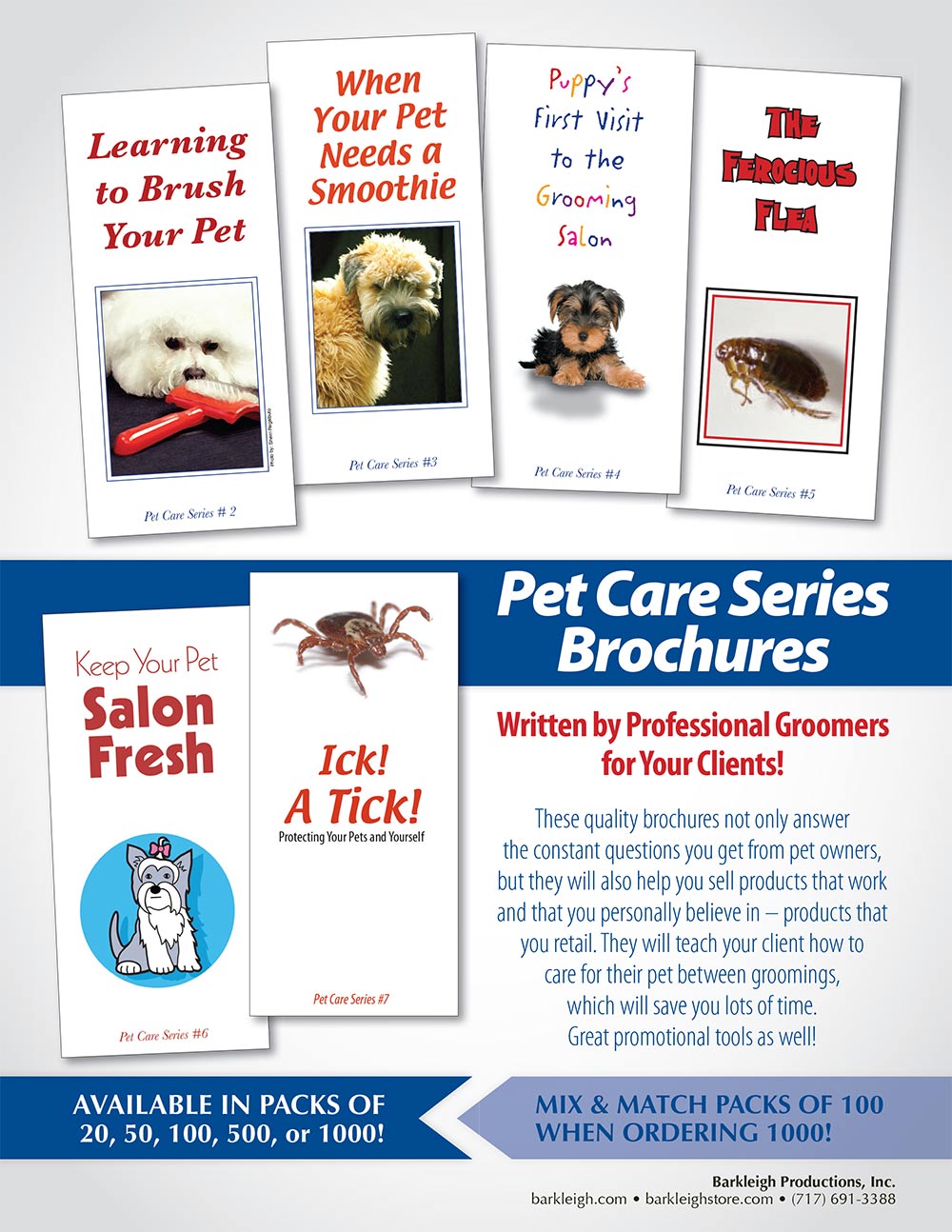
info@barkleigh.com
(717) 691-3388
Editorial
rebecca@barkleigh.com
Advertising
james@barkleigh.com



DVM, DACVS-SA

Jenifer Chatfield
DVM, Dipl. ACZM, Dipl. ACVPM
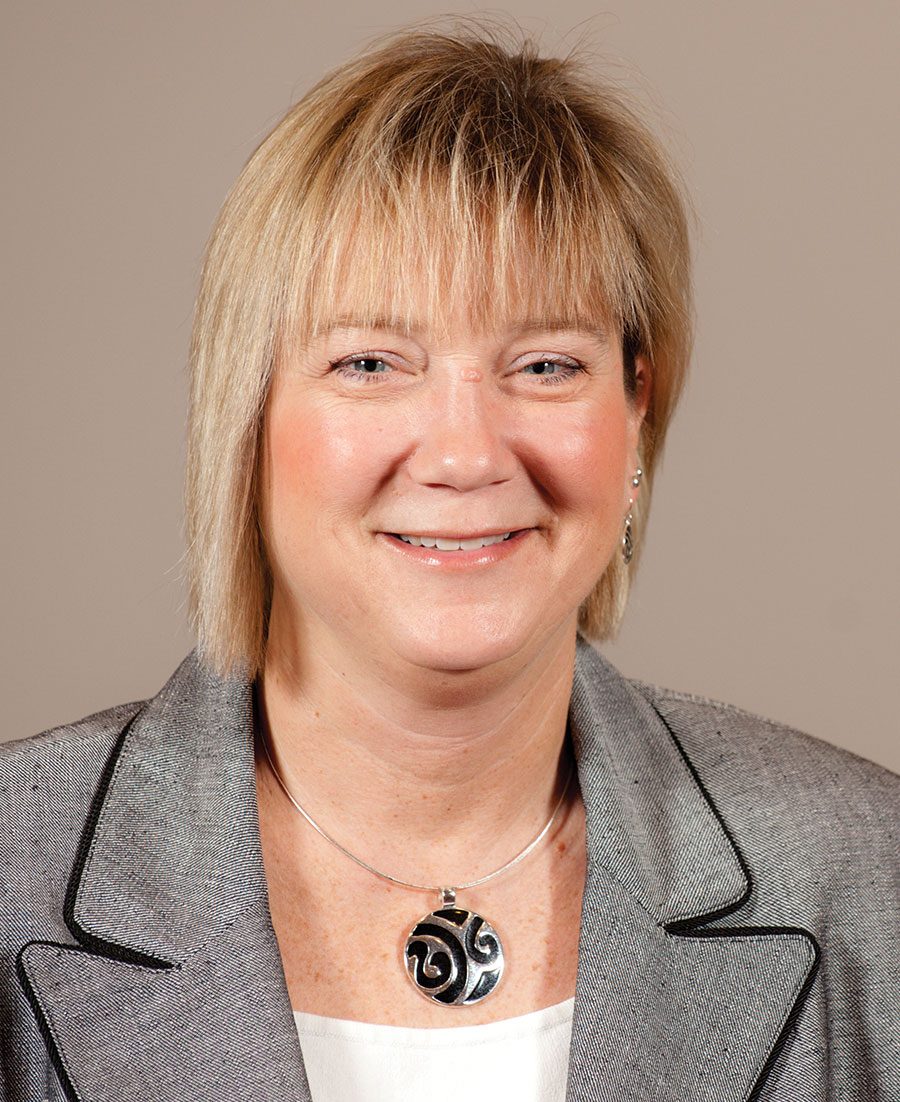
CVT
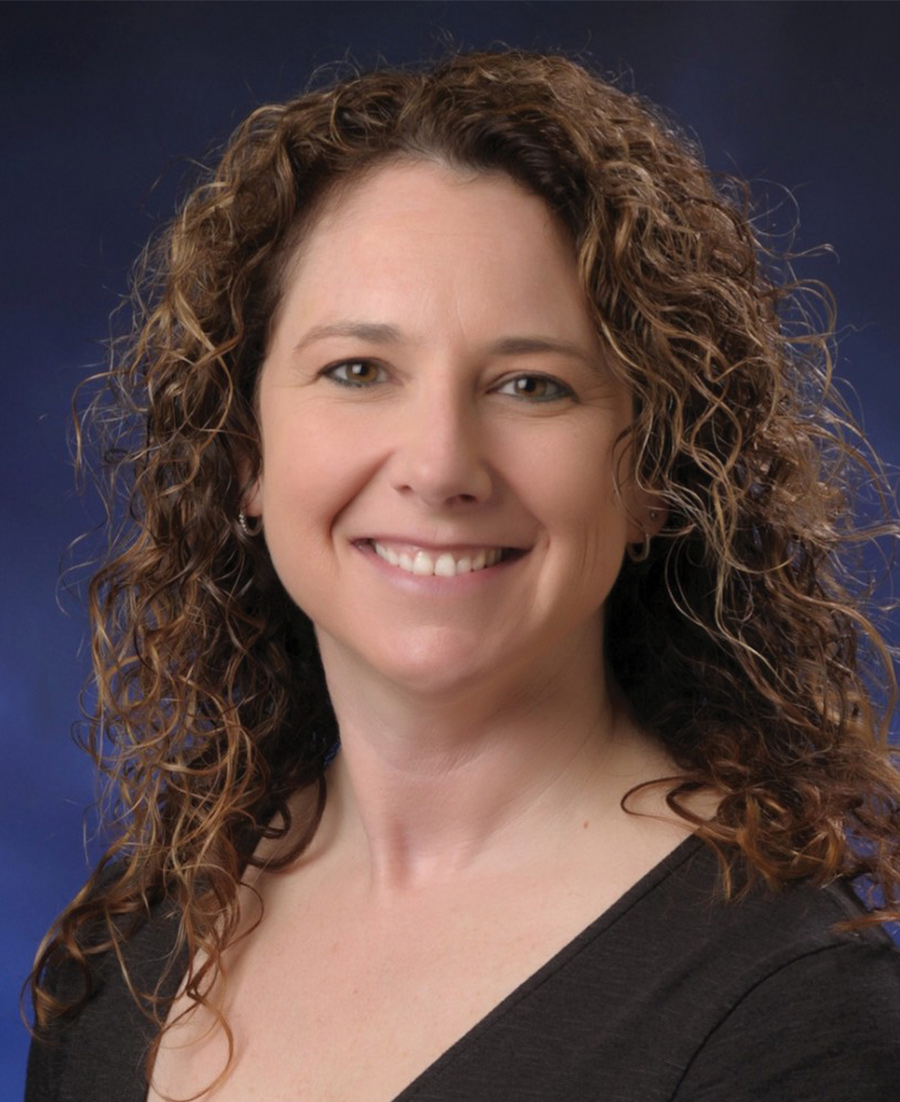
DVM, DACVECC
-
STAFF
- Publisher
Barkleigh Productions, Inc. - President
Todd Shelly - Vice President
Gwen Shelly - Chief Operations Officer
Adam Lohr - Executive Editor
Rebecca Shipman - Art Director
Laura Pennington - Sr. Graphic Designer
Brandi Aurelio - Web Master
Luke Dumberth - Marketing Consultant
Allison Smith - Social Media Coordinator
Cassidy Ryman - Digital Media
Evan Gummo - Director of Marketing & Client Relations
James Severs - Administrative / Marketing Assistant
Karin Grottola - Graphic Designer
Carlee Kubistek

DVM, CVPM







 s I approach my 10-year graduation from vet school, I am simultaneously amazed at how much I’ve learned and developed as a veterinarian, and how much there still is to learn, even with a decade of clinical experience. Five years ago, I shared the five most important lessons that I learned from my first five years out.1 Now, another five years later, I have five more lessons I’d like to share with my early-career colleagues.
s I approach my 10-year graduation from vet school, I am simultaneously amazed at how much I’ve learned and developed as a veterinarian, and how much there still is to learn, even with a decade of clinical experience. Five years ago, I shared the five most important lessons that I learned from my first five years out.1 Now, another five years later, I have five more lessons I’d like to share with my early-career colleagues.  Stay open to new possibilities.
Stay open to new possibilities.One of the wonderful things you’ll discover about the vet profession is that you can do a lot with your degree; clinical practice, teaching, research, government, drug development and more. The opportunities are endless, so find the things you are passionate about and explore them. Your career path will be your very own, likely with some twists and turns along the way. But no matter where your path takes you, remember, you are still a veterinarian, even if you aren’t working in the clinic.


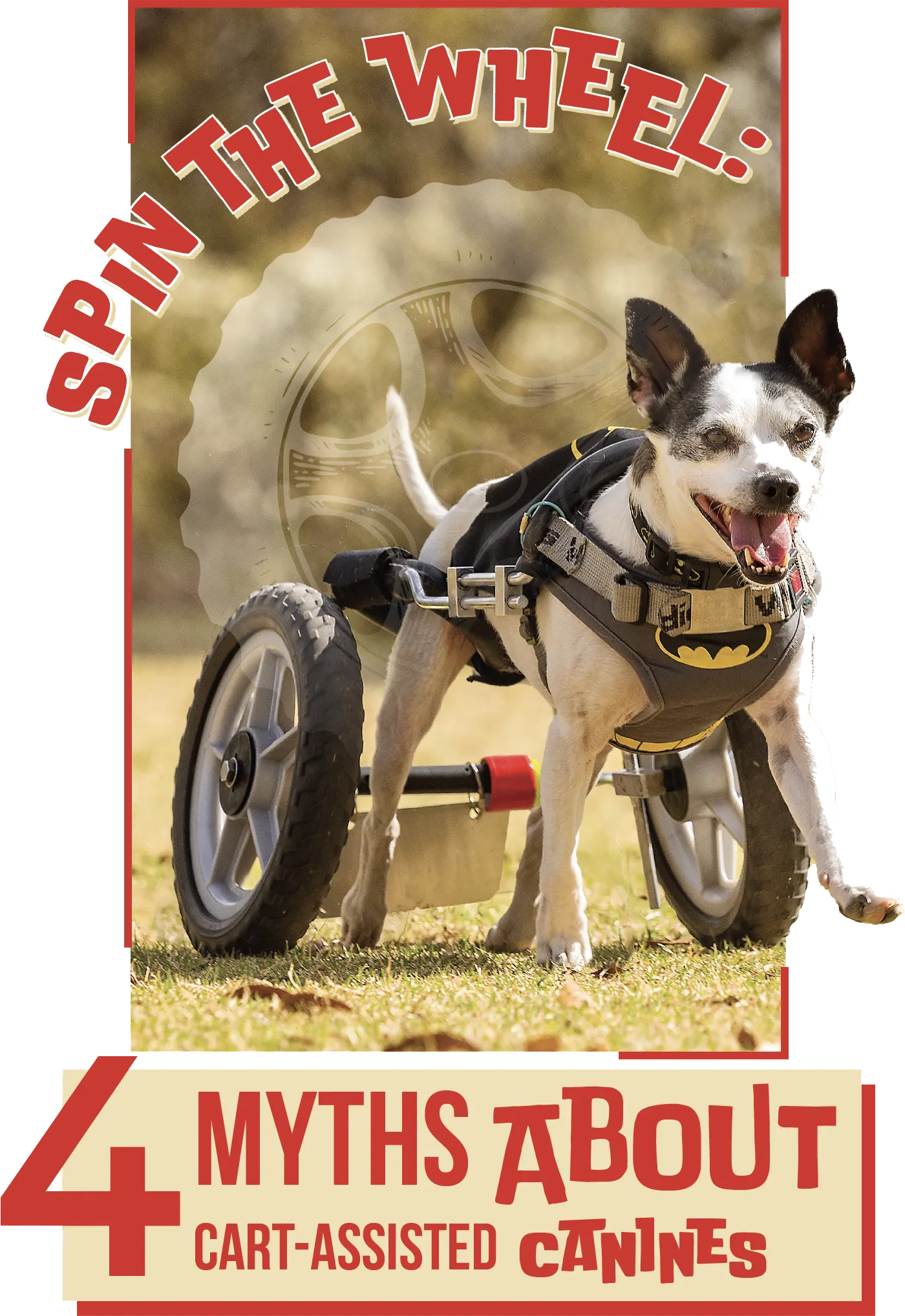
Photos By Tom Spitz
arts, wheelchairs, walkers, wheeled assistive devices, or whatever you want to call them, are becoming more accepted than ever for mobility-challenged pets. Although still somewhat a novelty, these two- and four-wheeled devices are invaluable tools for providing assistance during healing in the short term and independence in those cases where full mobility does not return.
In working with geriatric and mobility-challenged dogs, my focus is on maintaining or improving their activities of daily living (ADLs) in the short and long term. When collaborating with the referring veterinarian, I consider each dog’s condition and assess both current and potential functional abilities based on the diagnosis and prognosis. Is this dog recovering from a mobility-degrading event such as a disc herniation or limb fracture? Or is this a progressive condition such as degenerative myelopathy or osteoarthritis? In all of these cases, I’m considering if and how a cart can improve the dog’s quality of life, enabling them to perform their ADLs as independently as possible.




ou can feel your internal temperature rising and a bead of perspiration beginning to erupt on your forehead. Your toes curl, your muscles get tense and your jaw clenches slightly. Your body is naturally responding to the news that three walk-in consults have just walked through the door. You’re the only attending clinician, and in the back of your mind, you know you still have seven critical phone calls to make. Time is scarce.
Like most days, you want to move through your appointments smoothly, but now there is a new sense of urgency. You’re looking to shave off a few minutes; however, a social history should not be where you should start shaving.
In these stressful situations, there is a natural urge to find ways to increase efficiency. Some will look to skip a social history to save time, but a social history is a crucial component of the consultation. It is a critical part of providing a great client experience and vitally important to increase client compliance.


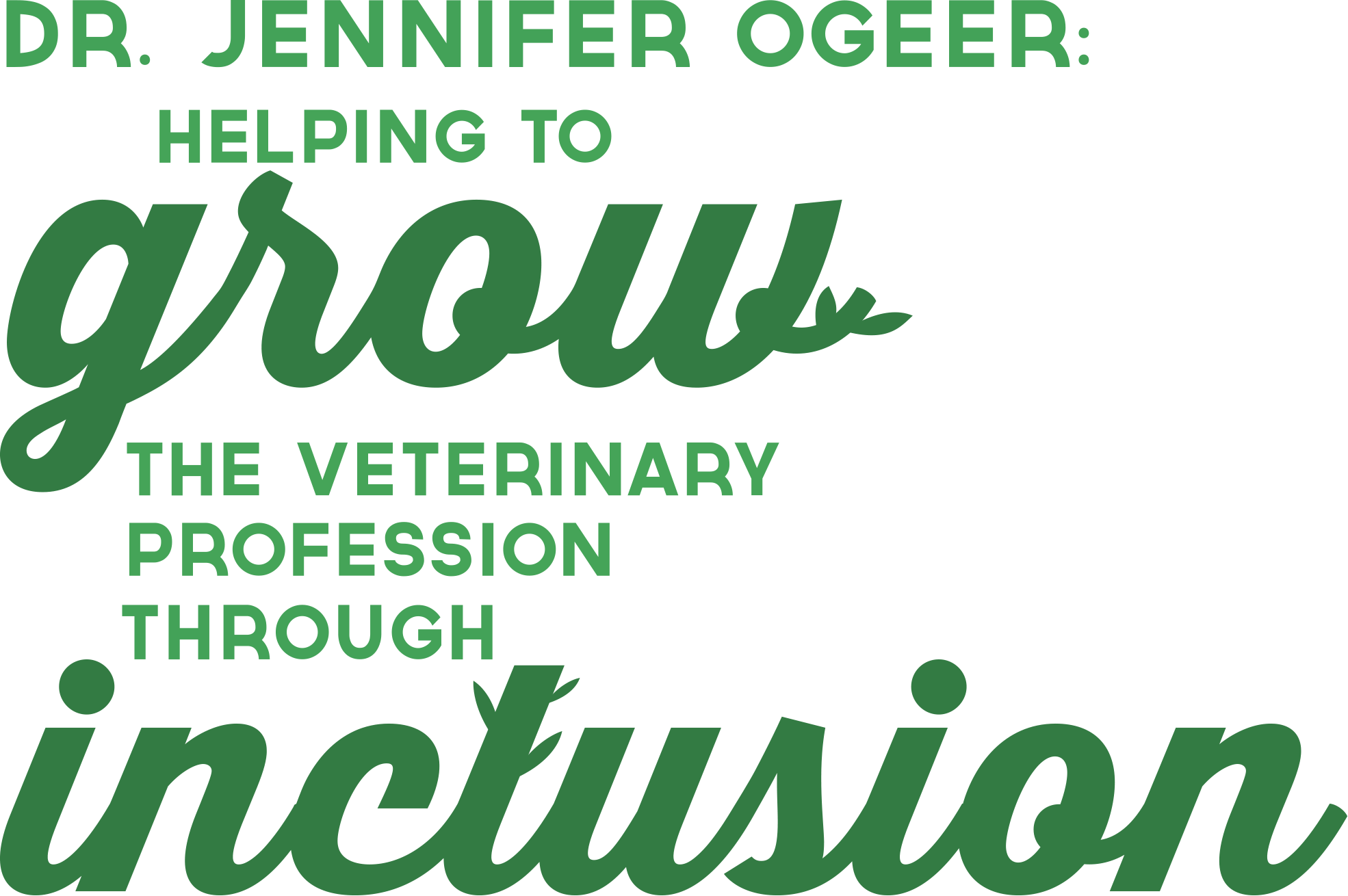

inety percent of veterinary professionals identify as white, yet it’s been reported that nearly four out of 10 Americans identify as part of a non-white race or ethnic group. Unfortunately, these realities create a disconnect. Take children accompanying their family pet to the veterinarian’s office, for example. Those children notice if no one looks like them, so they may not consider veterinarian medicine a viable career option.
Furthermore, the veterinary profession is in crisis because there aren’t enough veterinary professionals. One way to bridge the gap between the predominately white veterinary profession and the growing gap in pet care is by encouraging people of all races and ethnicities to pursue their love of animals and consider the veterinary profession.
“We lack individuals in this profession who look like the communities they serve,” shares Dr. Jennifer Ogeer, board chair of Diversify Veterinary Medicine Coalition (DVMC).



ne of the first things that drew me to my job was the visible diversity in the workplace. I know that not all forms of diversity are obvious, but as an Indian American veterinarian who has always felt slightly out of place in a predominantly white profession, it gave me a sense of comfort.
My clinic is the only veterinary setting I have ever been in where the “minorities” are actually the majority. We have six Spanish-speaking staff members and serve several Spanish-speaking clients on a daily basis. One of my colleagues is another veterinarian of Asian descent. The hospital has also had several minority veterinarians who came before us. While some of this can be attributed to the diversity of the area I live in, a lot of it can be attributed to clinic culture. Not only are people from diverse backgrounds present, but their experiences and skills are valued.


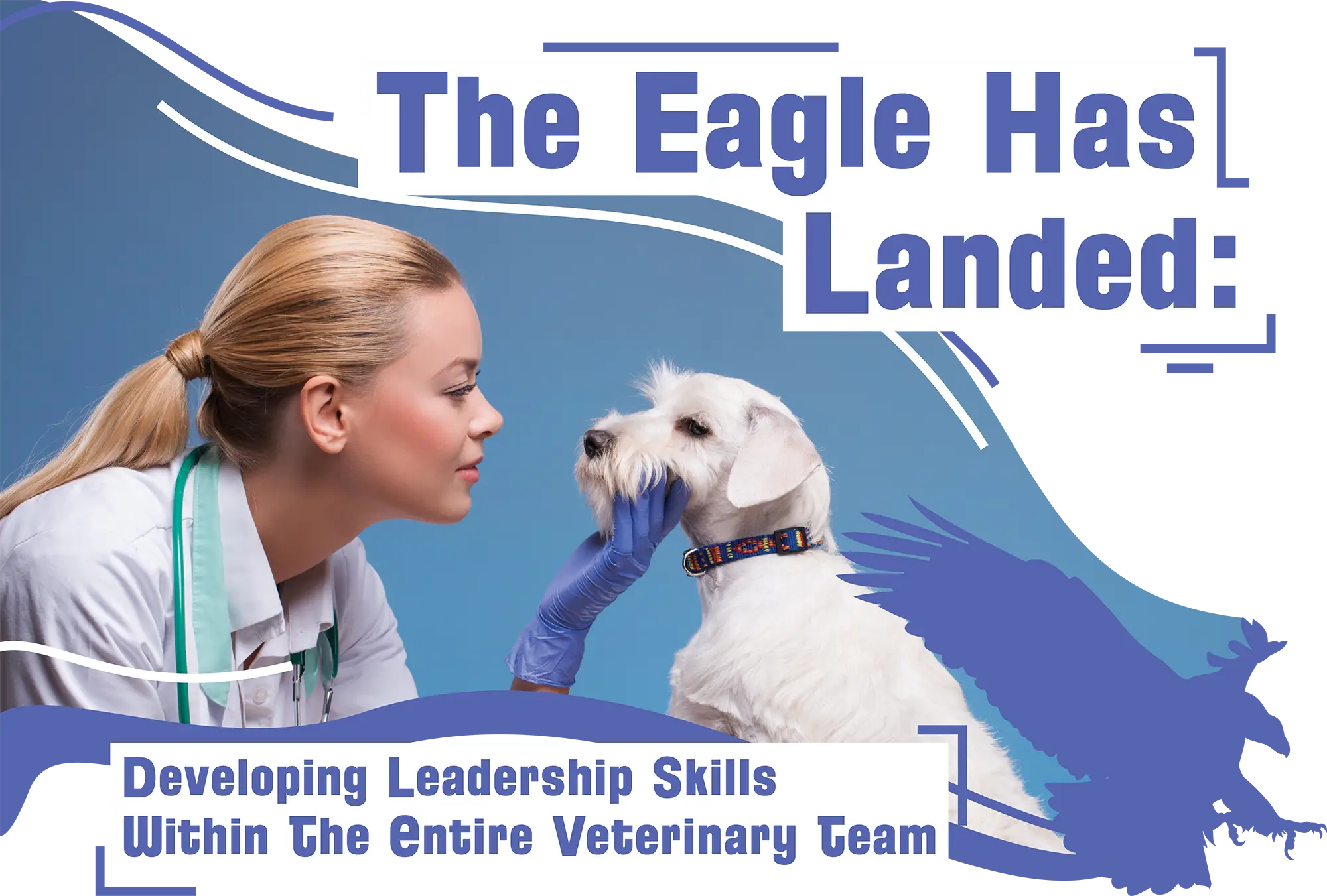
nce upon a time, a bustling veterinary practice was open 12 hours a day, six days a week, which meant that the owner was not always in the building. But when the owner’s vehicle pulled in, an announcement buzzed over the intercom system: “The eagle has landed.” Immediately, everyone snaps to attention. Some prepare to pounce on the owner as soon as the doorknob turns, others disappear into exam rooms, while a few continue doing the task at hand.
Down the hall, two technicians are dealing with a client. The client was uncomfortable with the recommendation made by the first technician, yet gave the OK when the second technician delivered the same recommendation. The second technician just laughed it off and told the first tech to recognize greatness when she sees it. They hear the announcement and proceed to the next exam room.




By Dr. Azalia Boyd
ola, a 30-pound American Stafford Terrier, limps into the veterinary emergency room. Her owner, Ms. Gibbs, is a middle-aged African-American woman wrapped in ragged clothes. She requested to see a doctor for Lola’s lameness. It was a busy day in the ER, so she patiently waited for four hours before she was able to see the veterinarian. Upon the physical examination of Lola, the veterinarian expressed his concern about Lola’s current condition. Lola has fleas, a few areas of hair loss and a weight-bearing lameness on her right hind limb.
Feeling helpless, Ms. Gibbs explained that Lola was hit by a car two months ago, and because she did not have the funds, she elected to treat the leg on her own. She proudly explained how she rested Lola, would occasionally give her massages and iced the limb. She went on to share that Lola wasn’t walking on that leg before, but she started using it last week and is doing so much better. But, she wanted to know what else could be done.
The veterinarian recommended Lola have x-rays done, which would cost $400, and proceeded to explain that Lola would likely need surgery, estimated at $3,000. The doctor walked out to give Ms. Gibbs time to think about what she wanted to do…
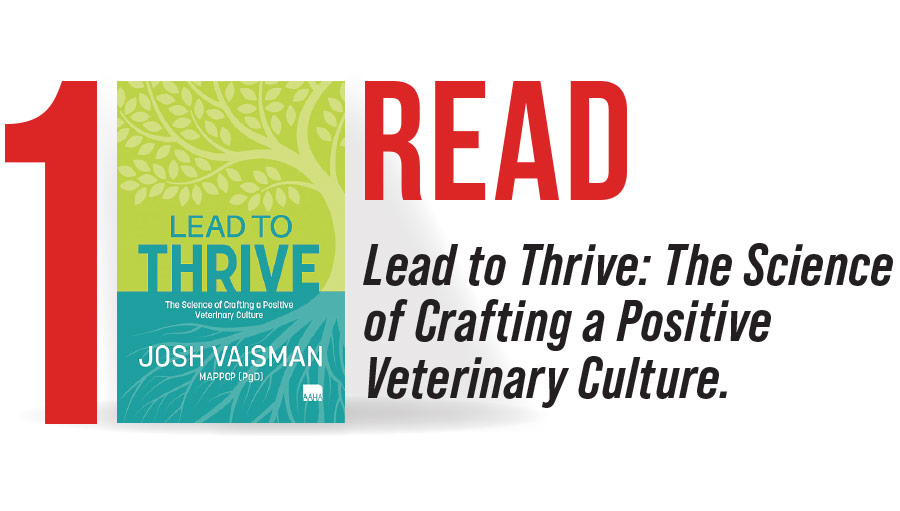




2 leading trade magazines for the pet professional in your life with all the content to assist them in keeping your pet healthy, happy and beautiful.
online or in print at www.barkleigh.com
Facebook.com/
barkleigh.prod
Twitter:
@barkleighinc

